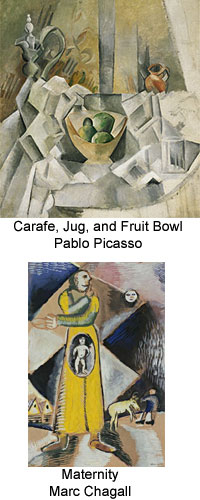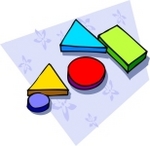
Worksheets and No Prep Teaching Resources
Reading Comprehension Worksheets
 Worksheets and No Prep Teaching Resources Reading Comprehension Worksheets |
|
| edHelper's suggested reading level: | grades 4 to 6 | |
| Flesch-Kincaid grade level: | 5.47 |
|
What Is Cubism?
By Colleen Messina |

|
 1 Modern artists have used all kinds of shapes. Some artists liked dots a lot. They did paintings with thousands of them. Others liked cubes and other geometric shapes better. This style was called Cubism. Cubist artists looked at the world from a special point of view.
1 Modern artists have used all kinds of shapes. Some artists liked dots a lot. They did paintings with thousands of them. Others liked cubes and other geometric shapes better. This style was called Cubism. Cubist artists looked at the world from a special point of view. |
Create Weekly Reading Books
Prepare for an entire week at once! |
| Leave your feedback on What Is Cubism? (use this link if you found an error in the story) |
 |
Free Shape Worksheets | edHelper.com
|
 |
Art Theme Unit: Styles
|